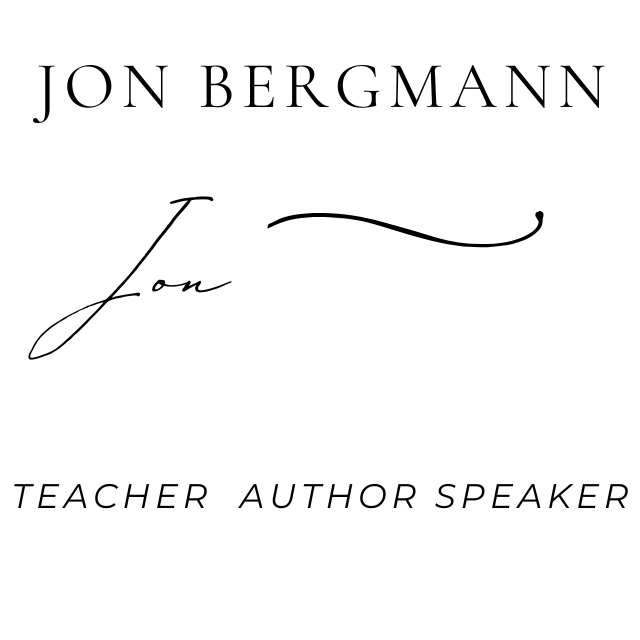Mastery Simplified: Five Tips to Make Mastery a Reality

Recently I have been helping a number of teachers move from a flipped classroom to the Flipped Mastery classroom. A mastery classroom is difficult to implement because students are not all learning the same thing at the same time. The logistics of some students working on one objective and others on a different one, and still others on another can overwhelm teachers.
What is a Flipped Mastery Classroom?
In a Flipped Mastery classroom students are expected to master concepts before moving on. This is not a new idea. Benjamin Bloom wrote a landmark paper called Learning For Mastery in 1968. Mastery Learning was not widely adopted due to the logistics of having students learning content at varying paces. And in 1968, the lack of technological tools made mastery learning very difficult.
The Flipped Mastery Model has five stages:

- Direct Instruction: In a Flipped Mastery program this is done via flipped videos (sometimes called micro videos) which teachers create.
- Practice: Students then practice some of the rudimentary things they learned in the video. This is generally done during the class with the teacher present.
- Going Deeper: Students then take what they have learned and do higher order cognitive tasks in the class with teacher help. This might take the form of an experiment in a science class, a discussion in a history class, or writing a paper in an English Class
- Assess: A Flipped Mastery class must have both formative and summative assessments.
- Remediate: If a student does not master content, students get appropriate remediation and are re-assessed.
Five Tips For Successful Flipped Mastery Implementation
Mastery is a good idea, but as someone once said: “The devil is in the details.” While working with teachers, I have discovered that the biggest hurdles to implementing a true mastery system is the complexity of teachers’ procedures and assessment systems.The following tips will help jumpstart your Flipped Mastery program.
Tip #1: Set Weekly Benchmarks
If you tell students that they can work at their own pace some students will not have a pace. Thus, for students who fell off the pace their grades were affected. You might argue that this is not true mastery because it penalizes slower learners, and you would be right. But due to the reality of student accountability, having specific weekly targets made Flipped Mastery possible. The unit outline below is handed out to students and they were expected to master 2-3 objectives each week. Clearly communicating and holding students accountable for specific objectives made the logistics of Flipped Mastery a reality.

Tip #2: No More Quizzes
Maybe the biggest mistake I see first time Flipped Mastery teachers make is they have too many assessments and get drowned in paperwork. Each day they may have a bell ringer question or have lots of mini quizzes for kids to take. I think what is happening is that teachers are applying traditional a framework into a Flipped Mastery model, and it doesn’t work. We need to test kids less frequently and transform our assessments. I eliminated all quizzes! None! This may seem radical, but quizzing drowns teachers in paperwork, and the time it takes out of class time I believe often hinders student achievement.
Tip #3: Mastery Checks: Formative Assessments Better than Quizzes
Instead of quizzes, I used a process which Aaron Sams and I called Mastery Checks. In this process students approach me when they have completed a specific objective. For example let’s say a student feels they have mastered objective 5 in the outline above. They would bring me their video notes, worksheet, and summary of the Graham’s Law Demo. I would then look over their work and ask them a few key questions to make sure they understand the content. In this mini conversation I was able to determine very quickly their level of understanding. Those students who mastered the objective could move on while those who had some misunderstandings or gaps, received remediation and in some cases I gave them additional exercises to practice.
Tip #4: Fighting the Line: Visual Clues
One result of the Mastery Check process was that students were constantly trying to get my attention. Lines began to form and students were simply waiting for me. This was a poor use of student time. One way to eliminate the line comes from Cara Johnson, an anatomy teacher in Texas. Cara uses a set of three colored plastic cups at each table to create a quick visual trigger identifying which students need help. A green cup indicates that students are fine and do not need any help; a yellow cup indicates that the group has a question but does not need an immediate answer; and a red cup indicates that the table of students are at an impasse and need immediate assistance. Using a system such as the cups helps students subtly indicate to their teacher their level of need, and it gives a teacher a way to assess individual and group needs quickly.
Tip #5: Summative Assessments
Summative assessments are still a part of Flipped Mastery model. In a mastery system there needs to be high expectations. In our course, we required students to score 75% or higher on the summative assessments (Unit Exams). When students score less than 75% they had to take a new test. But having multiple tests with different keys is hard to manage. And how does a teacher find the time to grade so many tests from so many students at different times? This problem has for the most part been solved through technology. There are now a variety of platforms in which students take a unique test every time they take an exam. And in many ways, these self-grade the exams. I used Moodle to do this in my classroom, and have made a short video explaining how I hacked Moodle to create thousands of different tests for the same unit. Watch it here.
The Key is to Simplify
In order to make mastery learning possible, you must simplify your class procedures and assessment. Once you do this, it will make Flipped Mastery a reality in your classroom. If you want to learn more about Flipped Mastery, I encourage you to read the second half of my first book: Flip Your Classroom: Reach Every Student in Every Class Every Day. I would love to hear about your class procedures and assessment strategies and how you are making Flipped Mastery a reality.
